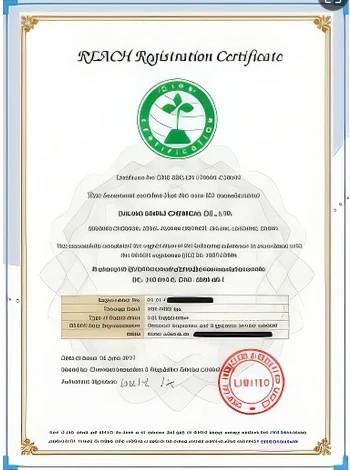



Is Inhaling Chlorine Dioxide Safe for Human Health and Breathing?
Is Chlorine Dioxide Safe to Inhale?
Chlorine dioxide (ClO2) is a chemical compound commonly used for disinfecting water, bleaching paper, and as a biocide in various industrial applications. Its effectiveness as a powerful oxidizing agent makes it a valuable tool in various fields; however, concerns regarding its safety, particularly when it comes to inhalation, have emerged.
One of the primary applications of chlorine dioxide is in water treatment. It serves as an alternative to chlorine, which can form harmful byproducts during the disinfection process. While chlorine dioxide has proven effective in eliminating bacteria, viruses, and other pathogens in drinking water, the question arises what happens when it is inhaled?
Understanding Chlorine Dioxide
Chlorine dioxide is a gas at room temperature and has a yellowish to green color. It is highly soluble in water and carries a distinct, sharp odor. Inhalation of chlorine dioxide can occur in industrial settings where the gas may be released unintentionally during manufacturing or use of disinfectants. It is important to understand the potential health risks associated with inhaling chlorine dioxide.
Health Risks of Inhalation
Inhalation of chlorine dioxide can lead to a variety of health issues. The U.S. Environmental Protection Agency (EPA) has classified chlorine dioxide as a harmful irritant to the respiratory system. Short-term exposure can cause symptoms such as coughing, shortness of breath, throat irritation, and eye irritation. Extended exposure, even at low concentrations, can result in more severe respiratory problems.
Chlorine dioxide affects the lungs primarily by irritating the mucous membranes, leading to inflammation. For individuals with pre-existing lung conditions, such as asthma or chronic obstructive pulmonary disease (COPD), inhaling this gas can exacerbate symptoms and result in serious health complications.
chlorine dioxide safe to inhale

Chemical Reactions and Toxicity
When chlorine dioxide is inhaled, it can react with moisture and other substances in the respiratory tract, producing harmful byproducts. The toxicity of chlorine dioxide is attributed to its ability to form chlorinated compounds when interacting with organic matter, which can increase the risk of cancer and other long-term health issues.
Moreover, the Occupational Safety and Health Administration (OSHA) has established permissible exposure limits for chlorine dioxide. The exposure limit is set to protect workers in industrial environments, emphasizing that prolonged exposure can have detrimental effects on health.
Regulations and Guidelines
Due to the potential dangers associated with inhaling chlorine dioxide, regulatory bodies around the world have instituted strict guidelines regarding its use. In the United States, products containing chlorine dioxide must adhere to safety regulations set forth by entities like the EPA and the Food and Drug Administration (FDA). These regulations ensure that the public is protected from harmful levels of chlorine dioxide in air and water.
However, the popularity of chlorine dioxide has surged in some alternative health circles, particularly with claims that it can treat various ailments, including COVID-19. These claims have not been supported by scientific evidence, and the consumption or inhalation of chlorine dioxide in any form is not approved for medical use. The FDA has issued warnings against the use of chlorine dioxide as a miracle treatment for various health issues, highlighting the significant risks associated with its inhalation.
Conclusion
In conclusion, chlorine dioxide is not safe to inhale. Its inhalation poses serious health risks, particularly to the respiratory system. While it has valuable applications in disinfection and sanitation, individuals must be aware of its potentially harmful effects, especially in unregulated settings or when used inappropriately. Regulatory agencies provide guidelines for its safe use, but public awareness and adherence to these guidelines are crucial in preventing health risks associated with chlorine dioxide exposure. It is imperative to prioritize safety over unverified claims of treatment, ensuring that public health is protected from harmful substances.
-
Using Potassium Nitrate for Colorants in Various ProductsNewsApr.29,2025
-
Safety Precautions When Handling Monopotassium PhosphateNewsApr.29,2025
-
Lead Oxide in Wastewater Treatment: A Powerful SolutionNewsApr.29,2025
-
Innovations in Sodium Chlorite ApplicationsNewsApr.29,2025
-
How Lead Nitrate is Used in Analytical ChemistryNewsApr.29,2025
-
Different Grades of Sodium Bisulfate: Which One Do You Need?NewsApr.29,2025
-
Sodium Chlorite vs. Other Disinfectants: A Comparative AnalysisNewsApr.14,2025










